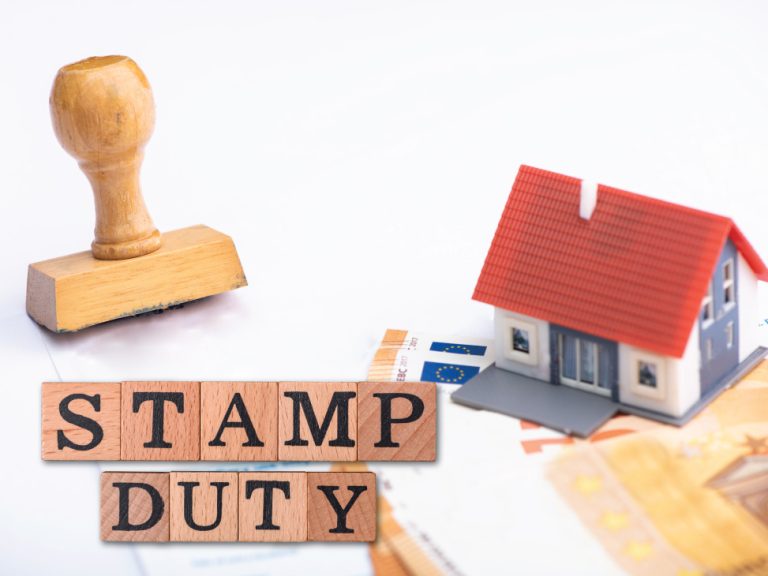Meenakshi Taheem
Getting home loan is very BASIC now
Get a loan in under 5 mins

When it comes to purchasing or transferring property, understanding the applicable stamp duty and registration fees is crucial. In Haryana, these charges vary based on factors like property type, location, and the nature of the transaction. This blog offers an in-depth look at the stamp duty in Haryana, registration fees in Haryana, and other associated costs for property registration in 2025.
Stamp duty is a legal tax imposed by the government on property transactions. It serves as evidence of property ownership and is essential for validating property-related agreements. The amount varies across states, and in Haryana, specific rates are set depending on the property’s location (urban or rural), usage, and ownership type.
The Haryana stamp duty rates for property registration are determined by the state’s revenue department. Here’s a breakdown of the applicable rates:
| Category | Urban Areas | Rural Areas |
| Male Owner | 7% | 5% |
| Female Owner | 5% | 3% |
| Joint Ownership (Male & Female) | 6% | 4% |
These rates apply to both residential and commercial properties. Opting for joint ownership or registration under a female name can significantly reduce the registry charges in Haryana.
In addition to stamp duty, property buyers must pay registration fees in Haryana to legally record the property transaction. These fees are typically 1% of the property’s market value or sale deed value.
For example, if the property is valued at ₹50 lakhs, the registration fee would amount to ₹50,000.
Suggested read: Stamp Duty in Rajasthan
Transferring property through a gift deed incurs a separate gift deed stamp duty in Haryana.
This reduced rate for family transfers promotes the hassle-free inheritance of property among close relatives.
Several factors influence the final stamp duty in Haryana and registry charges in Haryana:
Suggested read: Stamp Duty Women Loan Borrowers
To estimate the charges, follow these steps:
For example:
The payment of stamp duty in Haryana and registration fees in Haryana is done via the online portal of the Haryana Revenue Department or at designated sub-registrar offices. Here’s the step-by-step process:
Haryana offers certain rebates and exemptions to reduce the financial burden of property transactions:
Understanding the stamp duty in Haryana and associated registration fees in Haryana is vital for smooth property transactions. By being informed about the Haryana stamp duty rates, registry charges in Haryana, and exemptions like the gift deed stamp duty in Haryana, you can make cost-effective decisions while buying or transferring property.
Whether you’re a first-time homebuyer or transferring property within your family, these insights ensure a seamless registration process for your property in Haryana.
Stay updated on the latest property registration guidelines and make your dream of owning property in Haryana a reality in 2025!
The stamp duty for property registration in Haryana is 7% for male owners, 5% for female owners, and 6% for joint ownership (male and female) in urban areas. In rural areas, the rates are 5% for male owners, 3% for female owners, and 4% for joint ownership.
Stamp duty rates depend on the property’s location and ownership type. For urban areas, it is 7% for men, 5% for women, and 6% for joint ownership. For rural areas, it is 5% for men, 3% for women, and 4% for joint ownership.
In Haryana, the highest value of a stamp paper is ₹25,000, as per state regulations. For transactions exceeding this value, payment is made through e-stamping or challan.
A conveyance deed is a legal document that transfers property ownership from one party to another, outlining the terms and conditions of the transfer. A registry, on the other hand, is the official record of the conveyance deed, maintained by the sub-registrar’s office, which legally validates the transfer.
Stamp duty is a tax paid to the government for property transactions or legal agreements. Stamp paper is a physical or electronic medium used to document the agreement or deed, signifying that the required stamp duty has been paid.
Published on 31st December 2024